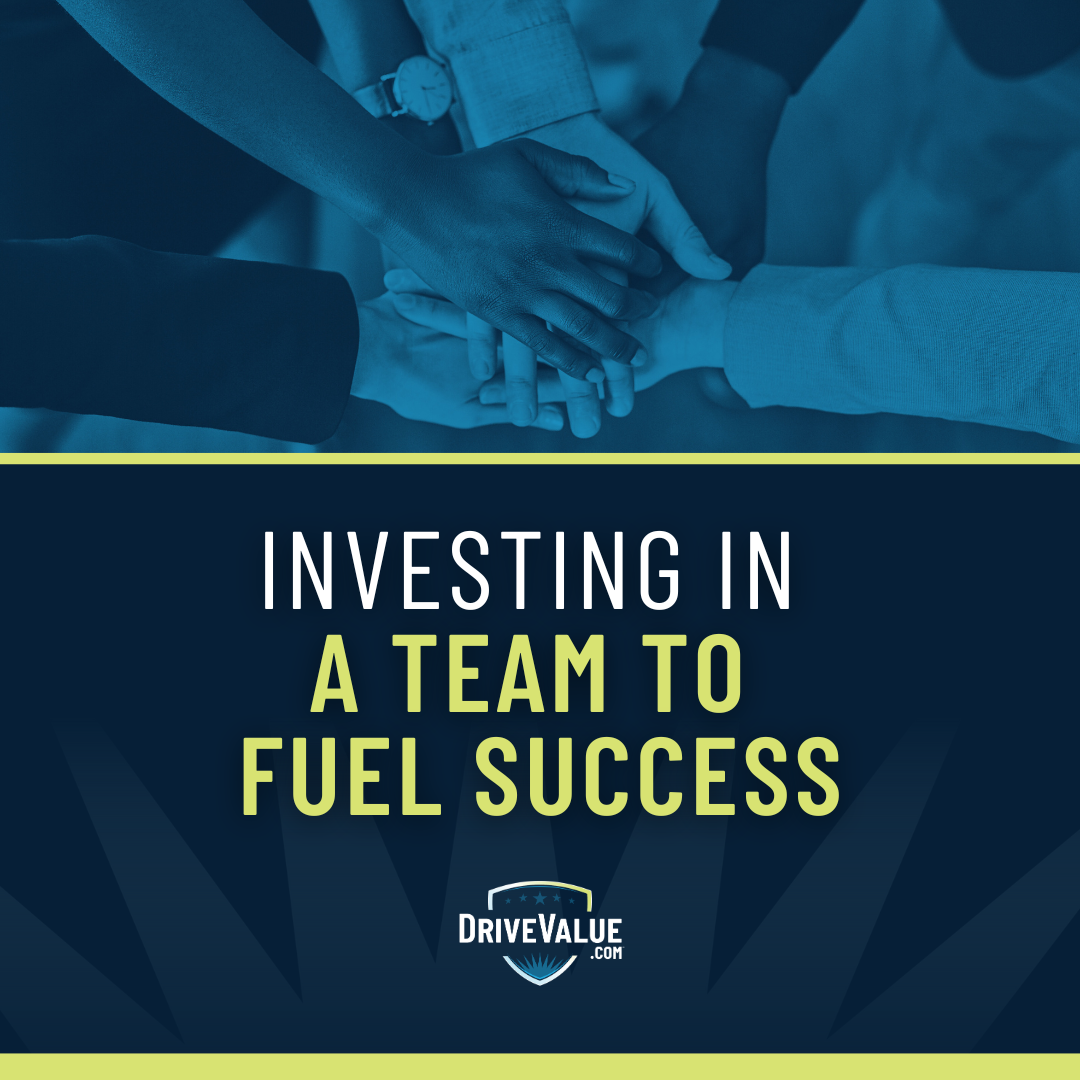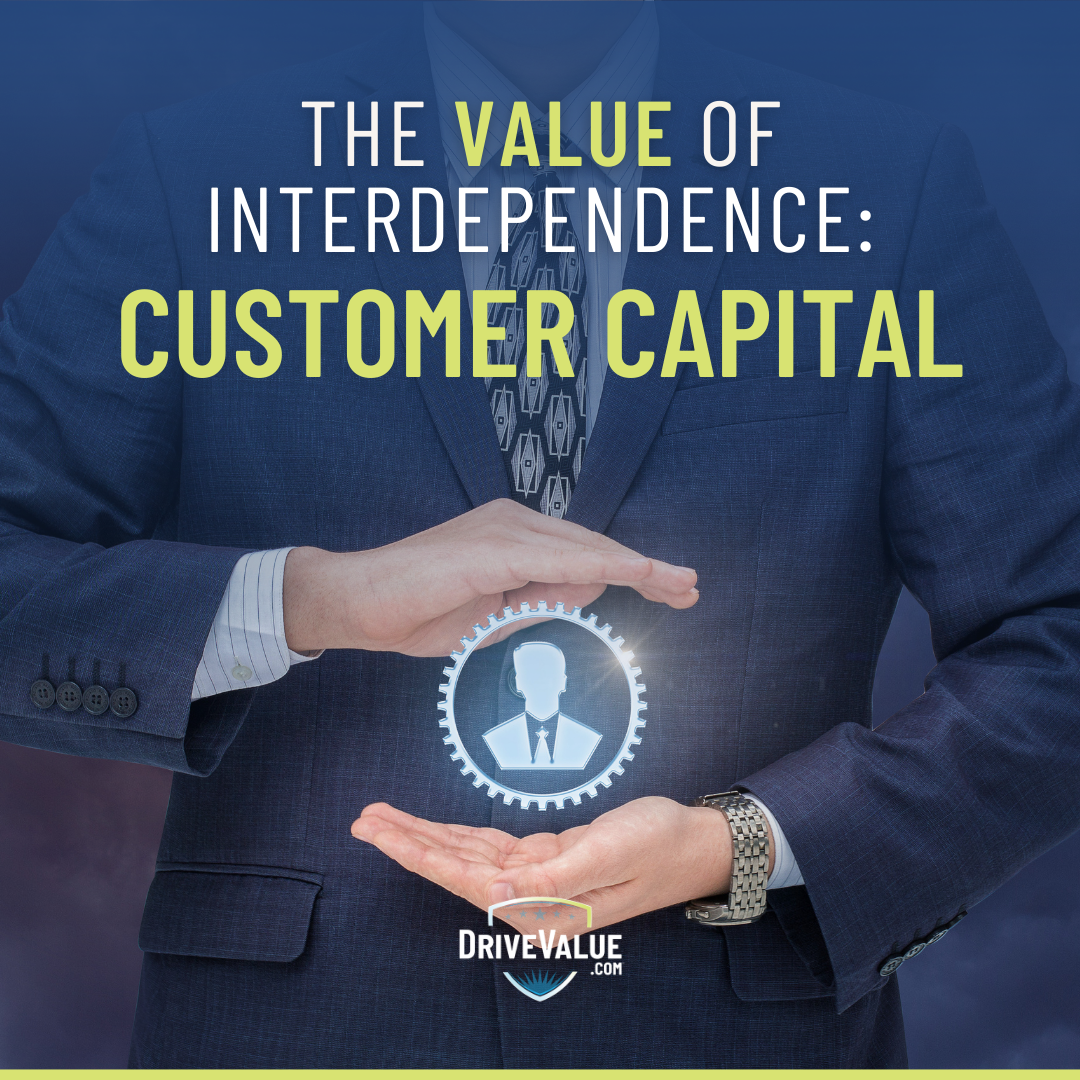Share this
Embrace The Money Stop With Confidence
by Exit Planning Institute on April 29, 2025
.png)
The fans are screaming, perhaps so loudly you can hear them over the din of 670 horsepower stock cars zipping past. For weeks, the Legacy Motor Club’s #42 Toyota Camry, driven by John Hunter Nemechek, has been conditioned for this moment. Crew Chief Travis Mack is weighing the strategies that have been months, sometimes even years, in the making. The team knows the track. They came in with a plan for every stage of the race, and while the action has thrown a few surprises their way, they’re positioned for the win. With just dozens of laps left in the race, it’s time for the last major action a pit crew can take: the money stop.
The jackman must work quickly. The tire carrier has to deliver the new tires precisely, and the tire changers can’t have a slip of the tire gun now. They need a full tank—the calculations show it’ll just be enough to carry them over the line. The team, as a whole, needs to get out of the pit in 10th…knowing that the nine cars ahead of them still need to pit.
It's a big call. But all the planning has led them to this opportunity.
It All Comes Down to This
As a business owner preparing to exit a business, sometimes it feels like you have to get everything right—and you may not know until the end if you did. Just like John Hunter Nemechek sits patiently for 11 seconds, jostled around and relying on the team around him—it’s a moment of trust. You’ve surrounded yourself with an expert team: an accountant, an attorney, a financial planner, and a value growth coach. One of them, your crew chief, is a Certified Exit Planning Advisor (CEPA®). They know their way around every aspect of the exit, speak the same “language” as the team, and have set the strategy needed for a win.
When the time comes to exit, the payoff is this: an exit worth five, seven, or even ten times the company’s value, allowing you to harvest your company’s wealth, close your wealth gap, and meet your post-exit personal and financial goals.
But how do you get to this moment? It starts with one step: the triggering event. It’s followed by a series of goals and relentless execution, driving value in your business in preparation for the big day.
The Triggering Event
The triggering event is a personal, financial, and business assessment correlated to the business range of value. It’s the first step on your exit planning journey and the first gate in the Value Acceleration Methodology™.
Through a business valuation and assessing your personal, financial, and business goals, you embrace the realities of your business as it stands in the moment. Knowing a baseline measure of value within your business—and how it stacks up against your long-term goals—allows you to understand where to go from there. It might mean an exit next year or in 15 years, growing the business, or selling it.
The biggest benefit of the triggering event? Clarity. You’ll have a clear view of your business, driving sound choices regarding what to do next and how your actions will impact business value and personal wealth.
Goal Setting
After the triggering event, it’s time to get your outside exit advisory board—an attorney, accountant, value growth coach, and financial planner—together to determine your vision and themes. Your vision should be your goal for three to 10 years out, and the themes within that vision should be annual. Tasks fit within the themes and are completed in 90-day sprints.
Relentless Execution
Verbalizing your vision, themes, and tasks with your management team is key to relentless execution. Defining your success factors and key metrics should occur collaboratively with your management team. Create a dashboard for your personal and company goals, and discuss with your team how to make your company goals and progress visible. Check in with your exit planning team mid-month led by a CEPA.
At the end of 90 days, you’ll be closer to your vision. At the end of a year, you’ll see real progress that impacts the value of your business. And, in three to five years, you’ll be able to make good decisions about exiting—or driving even more value into your company.
The Money Stop
When John Hunter Nemechek sits in his car during the last pit stop of the race, there’s clarity on what he needs to do to win the race. But there’s also clarity around all that has happened—in the hours, days, weeks, and years leading up to the money stop. He knows his car is well-positioned for a strong finish because of the preparation that has led him to be in a position to win.
Exit planning is no different. When it’s time to make your money stop, do so with the confidence of sound planning: through a triggering event, goal setting, and relentless execution.
Interested in learning more about Value Acceleration? Visit Amazon to buy a copy of Walking To Destiny: 11 Actions An Owner Must Take To Rapidly Grow Value & Unlock Wealth by Christopher Snider.
Related Resources






No Comments Yet
Let us know what you think